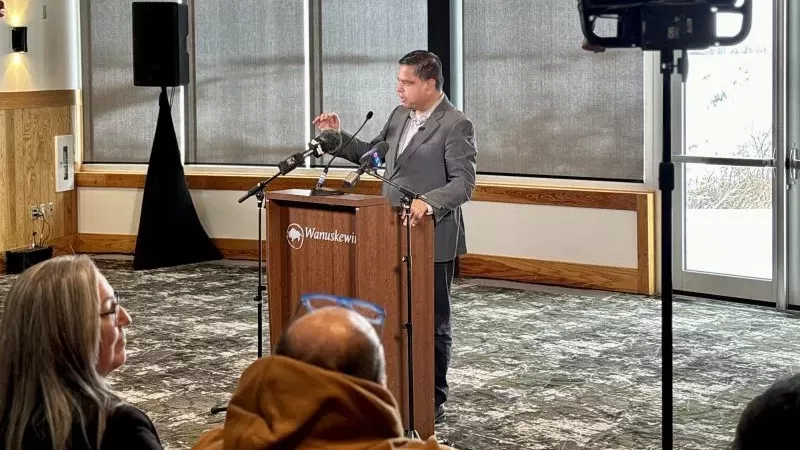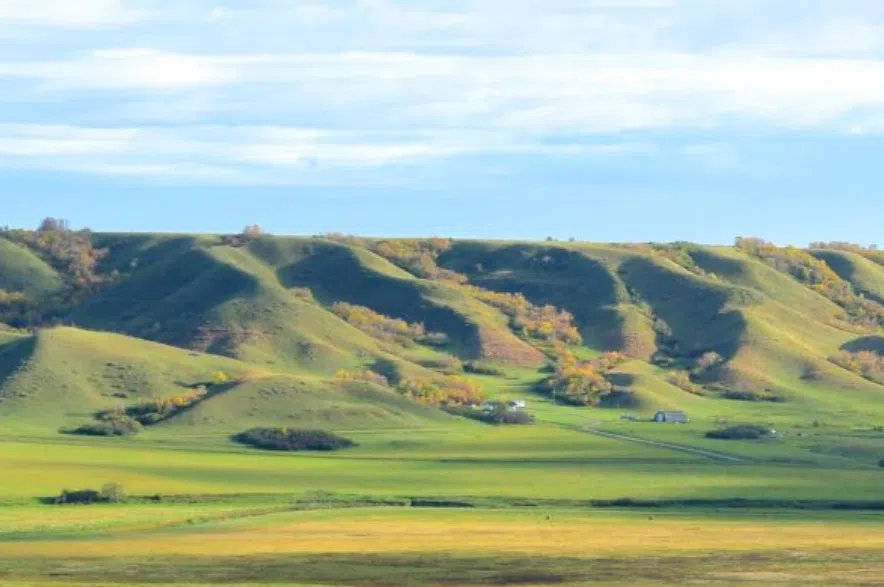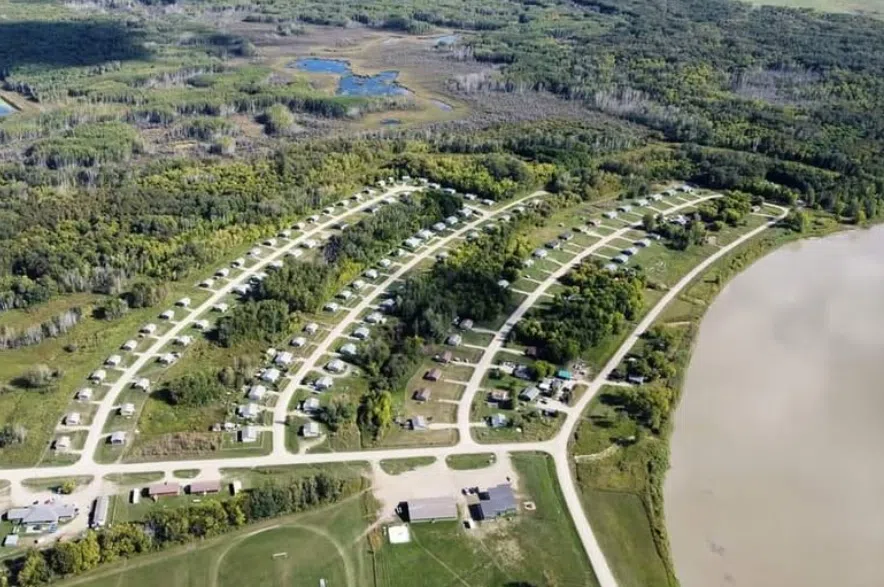
Government of Canada announces settlement of failed treaty promises in Sask.
The Government of Canada announced several settlement agreements made with First Nations in Saskatchewan on Friday.
The federal government said it was compensating 14 different First Nations to the tune of $1.72 billion for longstanding claims.
The settlements are intended to address failed treaty promises which would have provided First Nations with ploughs, seeds, livestock and other farming tools needed for economic development.
 The main community of Piapot First Nation is located approximately 45 kilometres northeast of Regina. (Piapot First Nation website)
The main community of Piapot First Nation is located approximately 45 kilometres northeast of Regina. (Piapot First Nation website)


